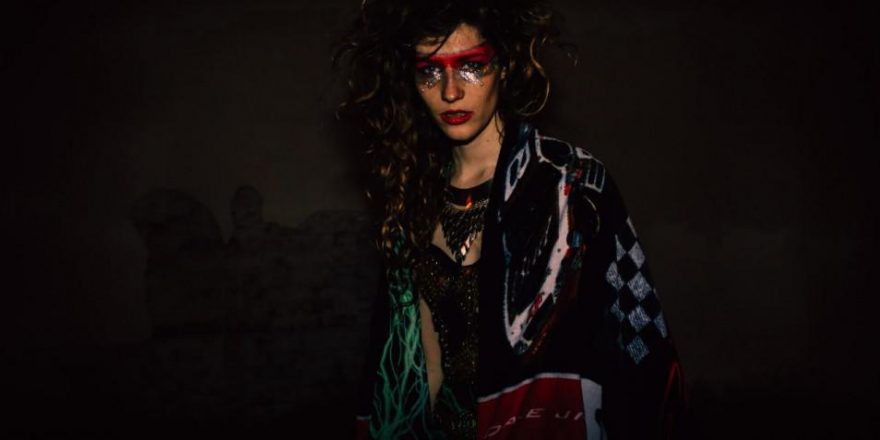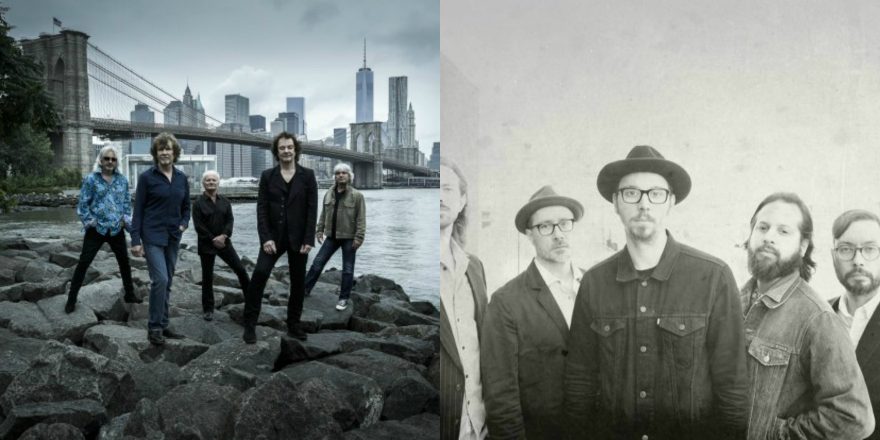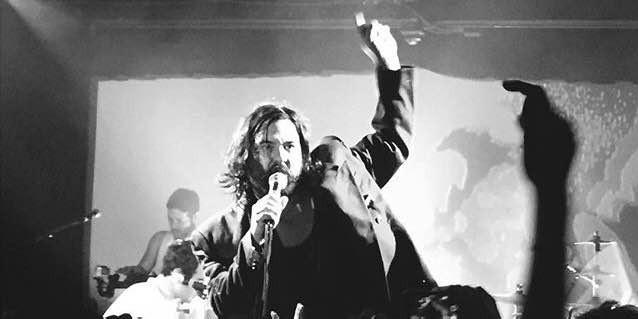“Hurry! Hurry! Hurry!/Cram yourself full of dreams/Dreams to get you through the nightmare of life that awaits you outside!”
— M. C. Nightshade and The Theatre Bizarre Orchestra, “Carpe Noctem”
This opening verse of the title track of the new album Carpe Noctem was inspired by a passage in Louis-Ferdinand Céline’s incendiary 1932 novel Journey to the End of the Night, in which the viciously acerbic, nihilistic anti-hero Ferdinand Bardamu travels from France to America following his traumatic experiences fighting in World War I. He encounters the early cinema in New York City and makes a sardonic yet empathetic observation about the escapism of the theater-goers.
It is this that sparked the cribbed lines above. Bardamu’s next port of call is Detroit, Michigan, which in the 1920s was home to a burgeoning and impressive industry centered on the manufacture of the automobile. The Detroit of today is a very different place indeed, ravaged as it is by the near post-apocalyptic urban decay that has been visited upon the city following the decline of that industry that once made it great. The violent crime rate is off the hook and many of its grand buildings are dilapidated if not in a state of total ruin. All over the place once known as Motor City, nature has reclaimed its hold, with wild vegetation sprouting up through the tarmac and voracious vines coiling around the factory gates and pushing through broken, haunted windows. Still, there is a spirit there that cannot be broken; it is this that fuels the burning creativity and gritty outsider resourcefulness evident in the maintenance of the transgressive, delirious waking dream made manifest that is Theatre Bizarre.
“HAIL ZOMBO!” trumpets the chant, and this vengeful entity rides in on a blaze of flaming anarchy to raise merry Hell and wreak havoc among the revelers and those who have strayed into his path. He is, of course, the very personification of the Id and will lead his followers on in a wildly hedonic Bacchanal that will see the release of long-repressed sexual and sensual desires. “HAIL ZOMBO! HAIL ZOMBO!” Enter here and the price be damned!
Ladies and gentleman, I give you the Carnival of souls! The circus of the damned! The vaudeville of ghosts! Halloween incarnate! I give you Carpe Noctem! AH! SEIZE THE NIGHT!
“Carpe Noctem”: The overture comes blustering in, the nefarious fairground barker entreating you to gain entrance into this theatre of opiated fever dreams.
“When Zombo Comes to Town”: A strutting, jaunty Swing number with a warning regarding the impending approach of psychotic chaos! (Also a tip of the topper to Ray Bradbury’s immortal novel Something Wicked This Way Comes.)
“Procession of the Expatriots”: A nocturnal, flaming torch-lit, New Orleans-style funeral march from the old haunted fairgrounds, site of the original anarchic Theatre Bizarre, to the new location of the dark Satanic Masonic Temple.
“A Shudder of Clowns”: Three miserable and utterly disreputable clowns, Frowny, Drips and Felches, are huddled in the rain-drenched alley, passing around a flask of “something awful” as all around them, cynical carnies set about the construction of the terrible temple that is the Big Top.
“Inside the Cooch Tent”: And then there are The Girls! Undulating behind a mist of chiffon, playing peek-a-boo behind billowing feather fans, grinding to the back beat, Heaven-sent and Hell-bent on taking your sangfroid away!
“We All Wear Cloaks”: A whimsical pinch of inspired gobbledegook courtesy of Beck Hansen. The song’s true meaning concealed behind M. C. Nightshade’s mysterious phantom cloak.
“Vaudeville Ghost Light”: A haunting melancholic conjuration. The poignancy of over-the hill-vaudeville performers still clinging to the vestige of a limelight long gone.
“The Carny”: From the crow-black King Ink pen of one Nick Cave. An evocative, atmospheric interpretation of this classic Gothic tale.
“The Carnival is Leaving”: Leaving as all carnivals must, but surely part of you will go with it when it goes away. Gradually the disheveled marching band disappears over the horizon at dusk as the music begins to play backwards, suggesting that this was no ordinary carnival but rather something supernatural, unsettling and entirely uncanny.









